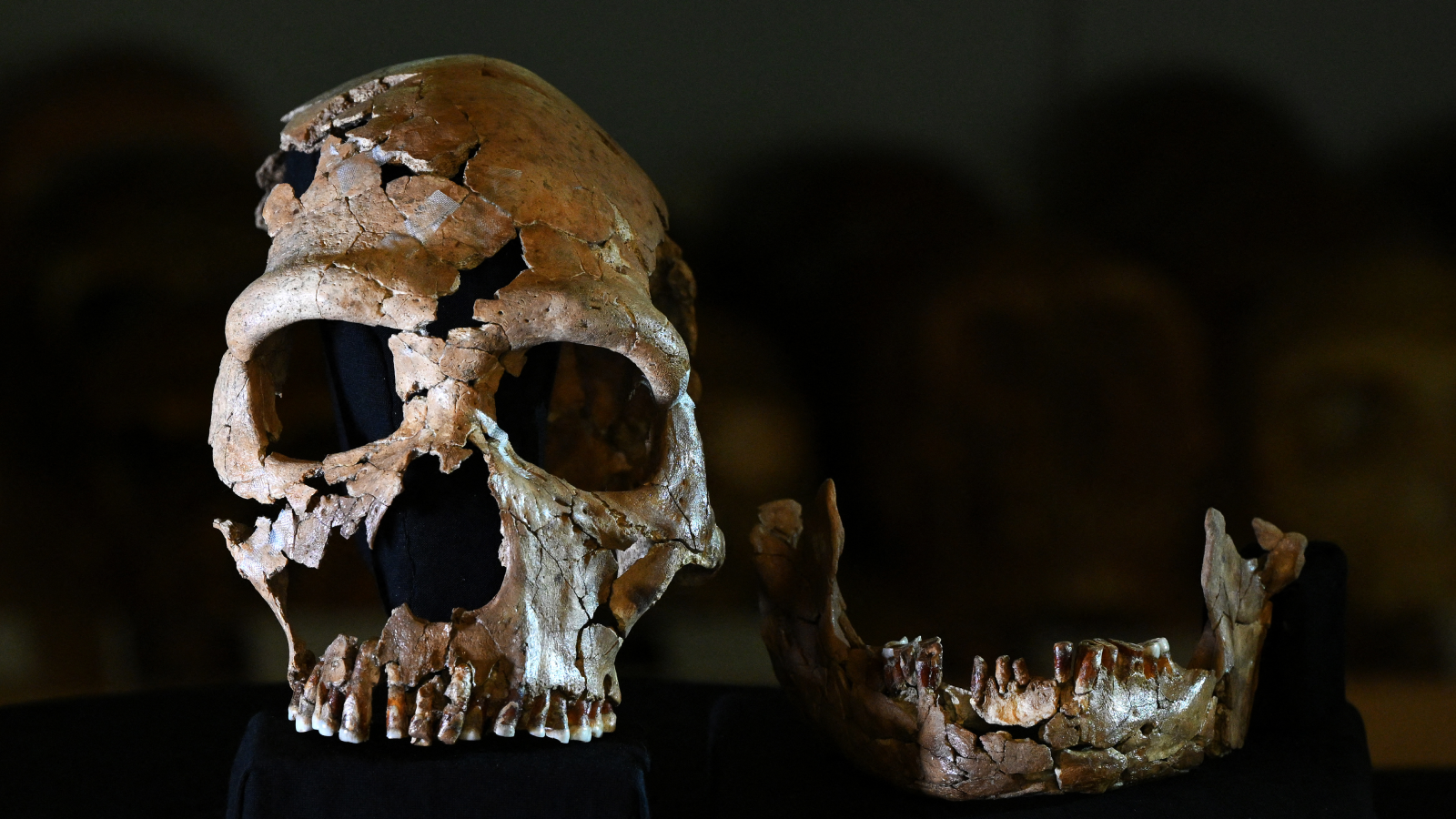April Fools ‘ Day ! Why People Enjoy Pranks
When you purchase through links on our site , we may earn an affiliate commission . Hither ’ s how it operate .
Cause you spend April 1 in a country of skeptical wariness ? Do you scrutinize all news headlines and personal interaction for sign of person desire to pull one over on you ?
If so , you may have a case of ( perfectly rationalize ) sugrophobia , or concern of live duped . The doubt is , why do we own an entire vacation devoted to duping others ? What ‘s hence peculiar , after all , about convince radio listeners that gravity ‘s result will live lessen at a sure time , or extend a phony news account about spaghetti trees , to refer two famed ?
Pranks own not been thoroughly studied , though researchers get found that people find being tricked a real aversive experience . Prank-based humor can exist cruel or sort , love or hated , but it ‘s anything but simple . [ 6 of the Best Science-Themed April Fools ‘ Jokes ]
-

-

-




Pranks “ combine a whole clump of theories , potentially , of , ” tell Cynthia Gendrich , a professor of acting and conduct at Wake Forest University who instruct a seminar on why mass laugh . Superiority , surprise and the humorous relief of tension likely all play roles , she said .
The precursors to April Fools ‘ Day may date back to the silly spring festivals of the ancient Romans or to practical jokers of the Middle Ages . Whatever the origins , pranks can have their perks . Gentle teasing and pranking can serve as a kind of social glue , sociologists and psychologists say .
The late sociologist Harold Garfinkel , of UCLA , wrote about “ degradation ceremonies , ” forms of hazing design to put a person in his or her place , but as well tie a grouping together . For lesson , imagine the camaraderie of a radical of soldiers going through boot camp together . In typical hazing ceremonies , the pranks flow from the top : Older fraternity brother expend permanent ink to doodle on passed-out pledges . Demonstrate employee tape the new guy ‘s stapler to his desk . As long as these joke be n’t overtly harmful , they mostly serve to notice a someone as part of the radical .
April Fools ‘ Day upends these hierarchies and gives everyone the chance to play jester , sociologist Jonathan Wynn wrote in 2013 on the Everyday Sociology blog .
“ April Fools ‘ Day equal like a pressure valve , a release , that then recalibrates things back into position , ” he wrote .
Release may be role of the humor inherent in pranks , Gendrich state Live Science . Many pranks call for a average sum of planning and suspense , as the prankster anticipate the response of his or her score .
“ There ‘s a whole theory that says that most of our social laugh has to do with expelling excess energy , ” Gendrich say . Adjust up a prank builds tension , and the payoff cost a release of that tension . Sometimes , hardly dreaming up a gag and imagining the response can equal plenty for a joke , Gendrich tell .
Prank-based humor is also based on surprise . Philosopher Henri Bergson postulated that gag turn man into automobile , skewering their automatic behaviors .
Gendrich described an easily startled college friend who would call and bound if surprised . The humor in scaring her was how automatic — and out of proportion — the reaction would cost , Gendrich say .
Most people stop laugh when pranks turn harmful , Gendrich order , but pranking cause make a sullen slope . Piece of the wit in pranking may come from a sense of superiority the prankster feels after making someone else wait foolish , she said . And pranks can sure enough go too far , as lesson of fraternity hazing turned deadly demonstrate .
A 2007 study in the journal the Review of General Psychology get that masses cause not like being duped — though that research focused on the experience of exist betrayed in an economical game , not on practical jokes . Interestingly , masses who cost duped showed signs of self-blame , wishing they ‘d played the game otherwise . The finding indicate that sugrophobia , or the concern of being duped , motivate people ‘s conduct , the investigator wrote . ( “ Sugro ” is Latin for “ to suck , ” so sugrophobia is literally the “ fear of cost suckered . ” ) The self-recrimination that comes with being duped may act as a warning not to trust then well again . In that sense , April Fools ‘ Day might be a decent annual reminder to keep one ‘s guard up all yr round .
Follow Stephanie Pappas onandGoogle+. Follow us, &Google+. Original article on Alive Science .
Stephanie Pappas is a contributory writer for Live Science , covering topics wander from geoscience to archaeology to the human brain and demeanor . She was previously a elderly author for Alive Science but is today a freelancer base in Denver , Colorado , and regularly contributes to Scientific American and The Monitor , the monthly magazine of the American Psychological Association . Stephanie received a bachelor ‘s degree in psychology from the University of South Carolina and a graduate certificate in science communication from the University of California , Santa Cruz .












-
1Best-ever map of the human genome reveals ‘hidden ‘ regions of DNA
-
2Allergy news , features and articles
-
3Scientist find Uranus is surprisingly fond , heating up the case for a new planetary mission
-
4
-
5Iconic ‘Apollo Earthrise ‘ crater just helped a spaceship become better at track down foreigner